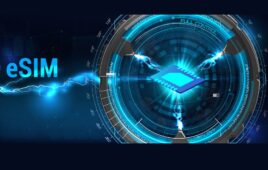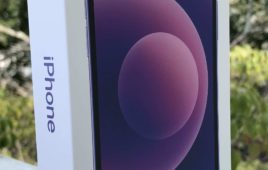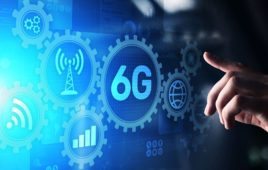This article corrects an earlier version that stated T-Mobile’s Personal Cellspot was produced by Nextivity. It was actually developed in partnership with ASUS. The Cel-Fi Duo booster discussed in the story was announced by Nextivity on 9/17, not as part of T-Mobile’s Un-carrier 7.0 announcement.
When T-Mobile announced its Uncarrier 7.0 initiative, which included Wi-Fi calling on all phones, it also offered to give customers in poor coverage areas something called a Personal Cellspot, essentially a residential signal booster. While not necessarily a new technology, the Cellspot represents a novel solution by a major carrier to solve the coverage conundrum.
Nextivity makes a device that’s very similar to the Cellspot called the Cel-Fi, which CEO Werner Sievers said is not to be confused with a femtocell.
“Unlike a femtocell, we don’t rely on a tethered connection,” Sievers said, explaining that the Cel-Fi includes two units, one called the Network Unit—usually placed on the top floor of a house—that searches out the best cell tower and connects to it, and then another called the Coverage Unit that is usually placed on the ground floor transmits the signal to the rest of the house.
Sievers says that T-Mobile has been offering a similar unit to its customers for a quite some time so long as the customer met certain conditions, including credit worthiness and the value of the individual customer. Now, Sievers says, T-Mobile has figured out that keeping the customer happy with reliable in-home coverage is worth subsidizing the device. The carrier now has almost no conditions for receiving the device and is simply asking for a $25 deposit. He says, T-Mobile is even offering the device to its prepaid customers.
“There are many, many prepaid customers that are perhaps even more valuable than the postpaid customers in terms of spend, and are just as needy in terms of getting better coverage,” Sievers said. “They’re really now giving them to just about anybody.”
Sievers says here in the United States, AT&T is currently testing the Cel-Fi unit and the company is also working with over 100 other carrier partners globally. The main goal is improving coverage.
“There’s never been a tool like this for carriers to solve buyer’s remorse for the customer who signs up for a big postpaid plan and then gets home and realizes they don’t have coverage in their living room,” Sievers said. “Now there’s Cel-Fi and better than 95 percent of the time it will solve your problem.”
On top of just providing better coverage, Sievers said performance gets a considerable boost as well.
“We can normally take data rates and quadruple them,” he said. “And then of course there’s the basic calling proposition, where you don’t have any dropped calls and you have decent quality voice.”
Sievers says the Cel-Fi is a really good solution for those that might be on the edge of a cell site, where during peak hours any particular base station’s footprint might shrink considerably.
“Maybe in the morning you get great service, but then you find that during those peak periods, you get zero service, it’s because that cell has shrunk away from you and you literally have no signal,” Sievers said. “We’re able to keep that signal there for you when the cell shrinks.”




